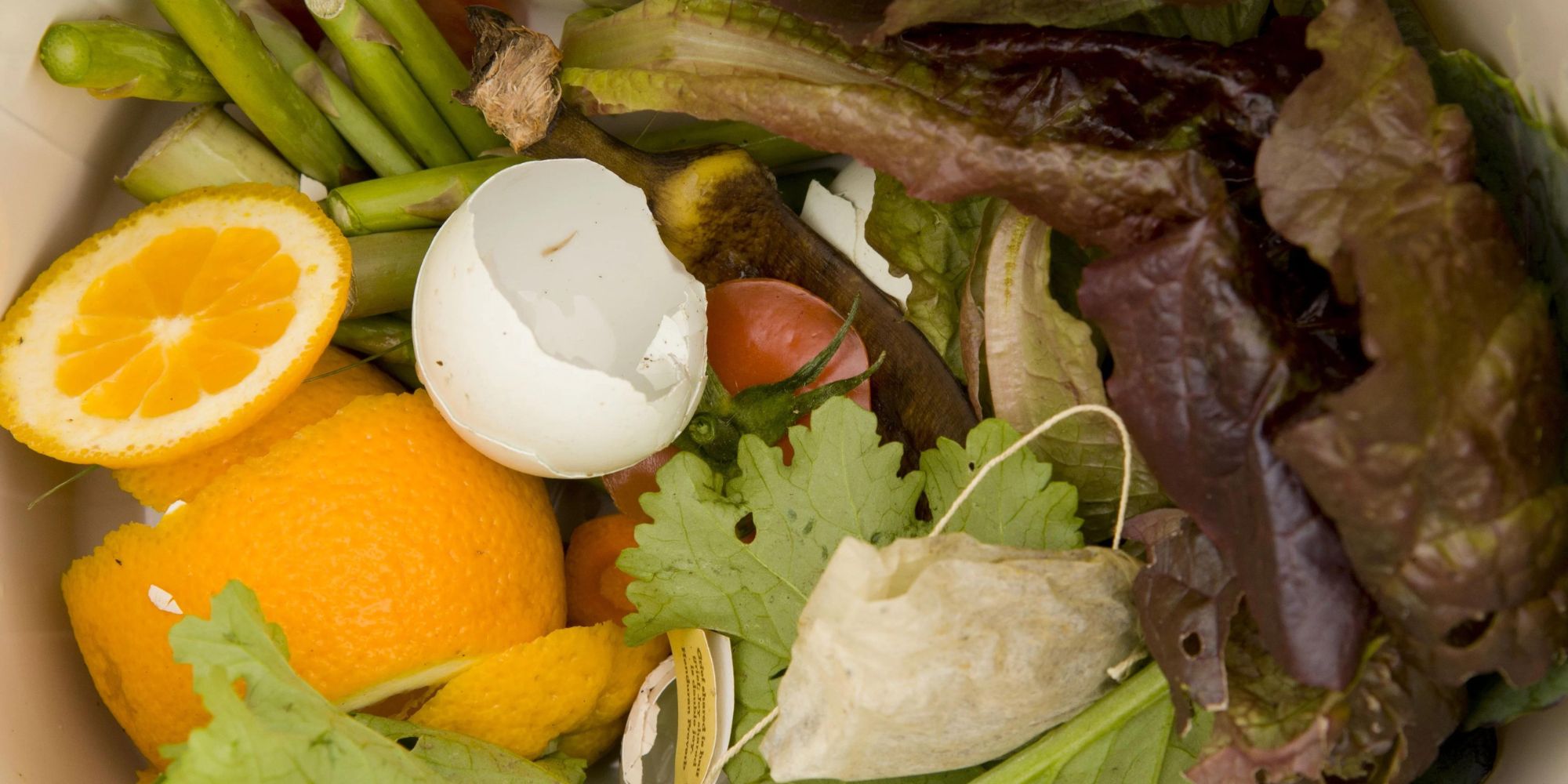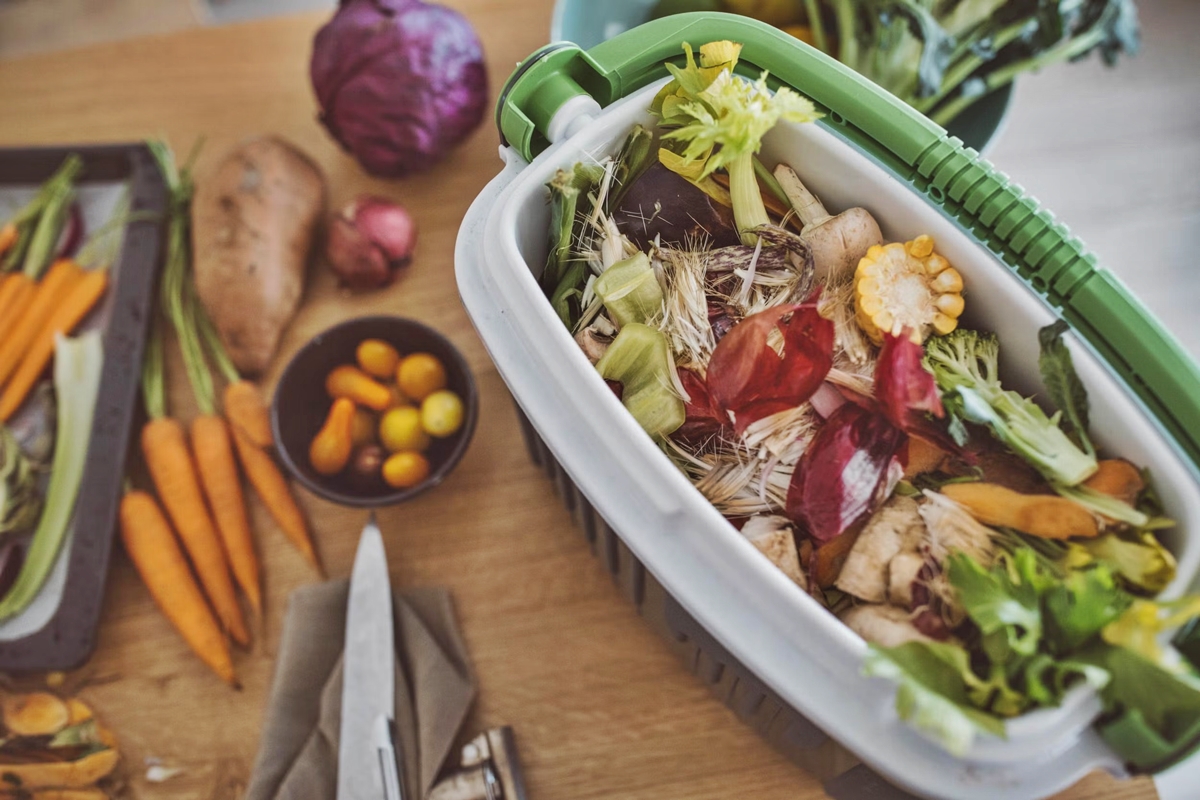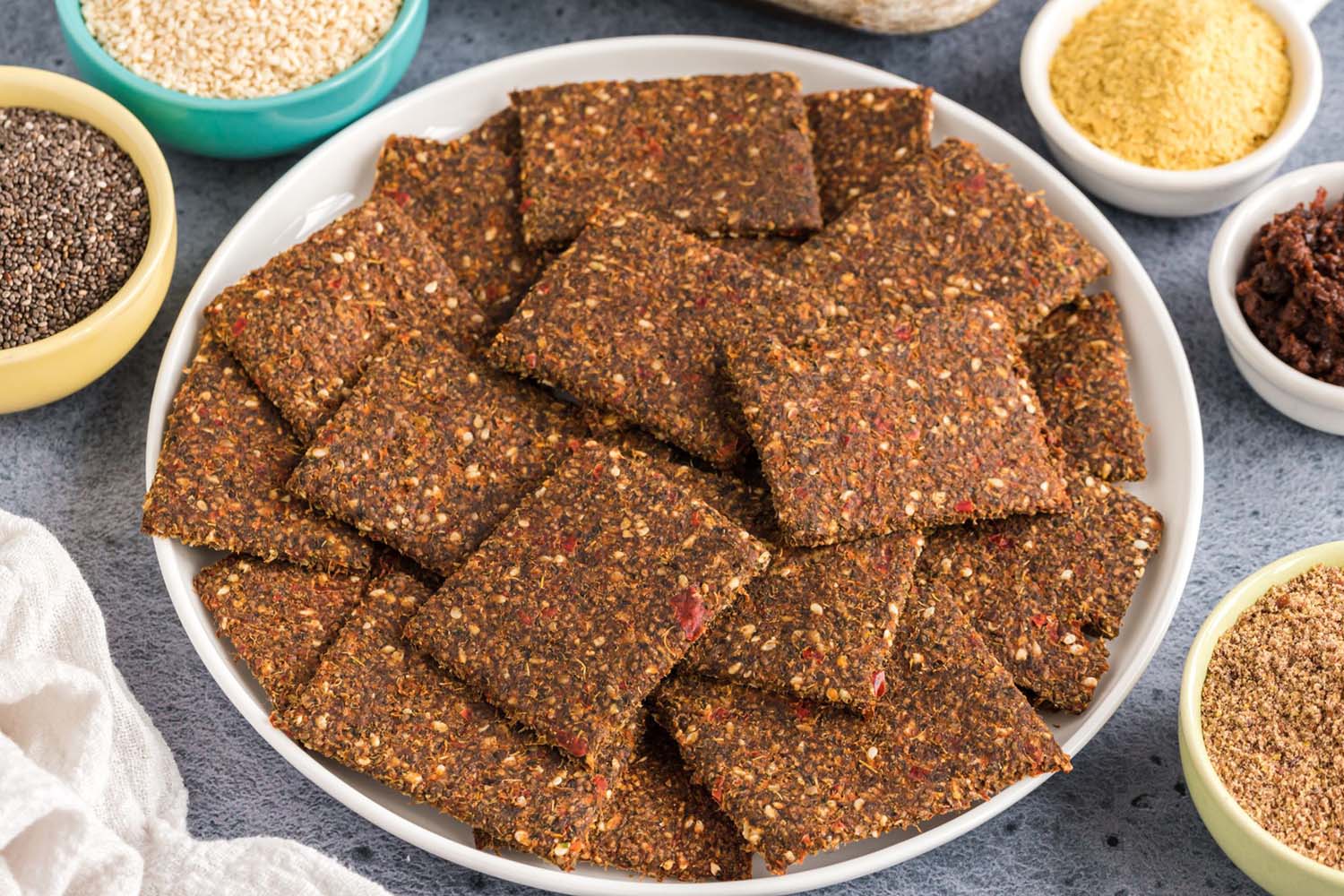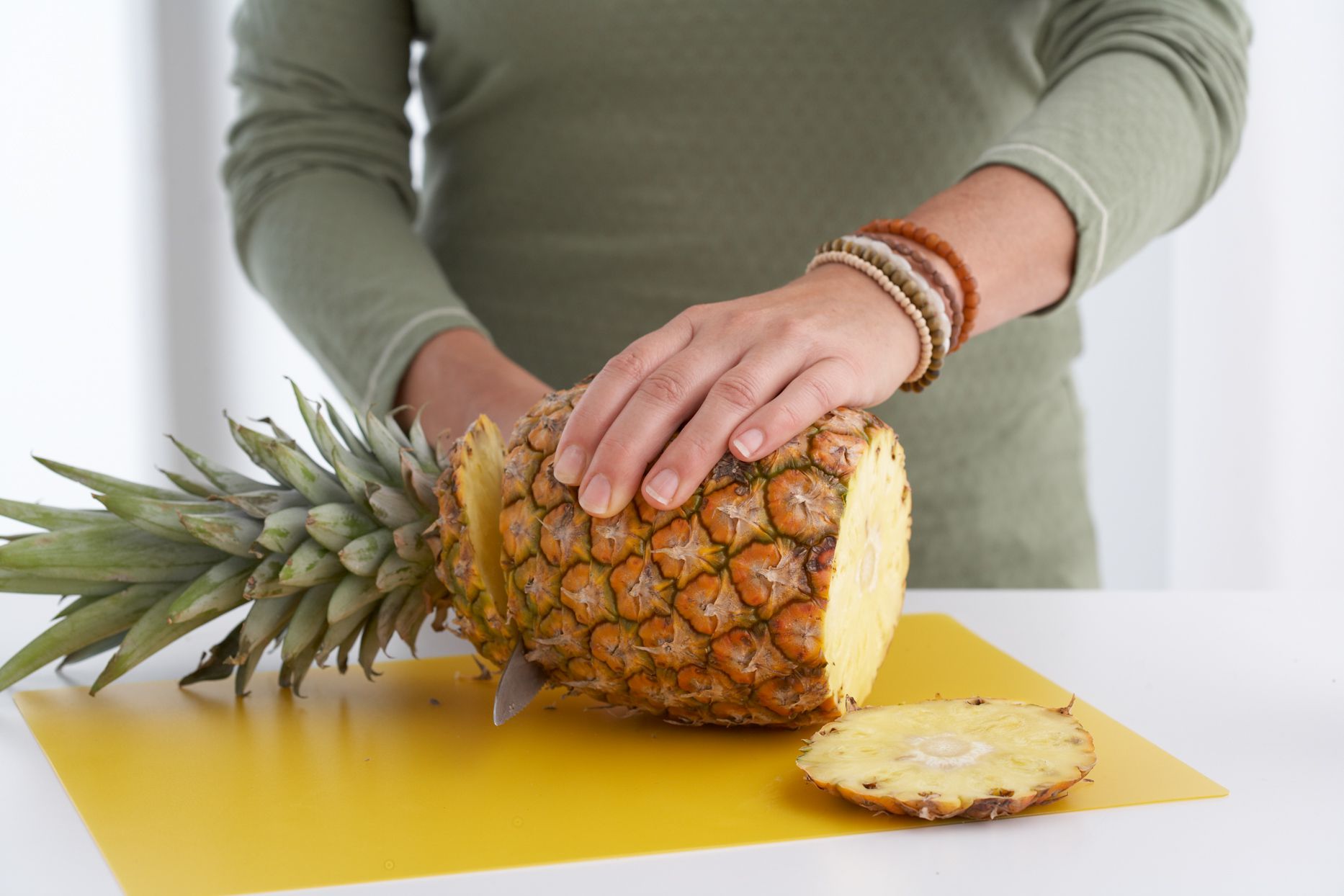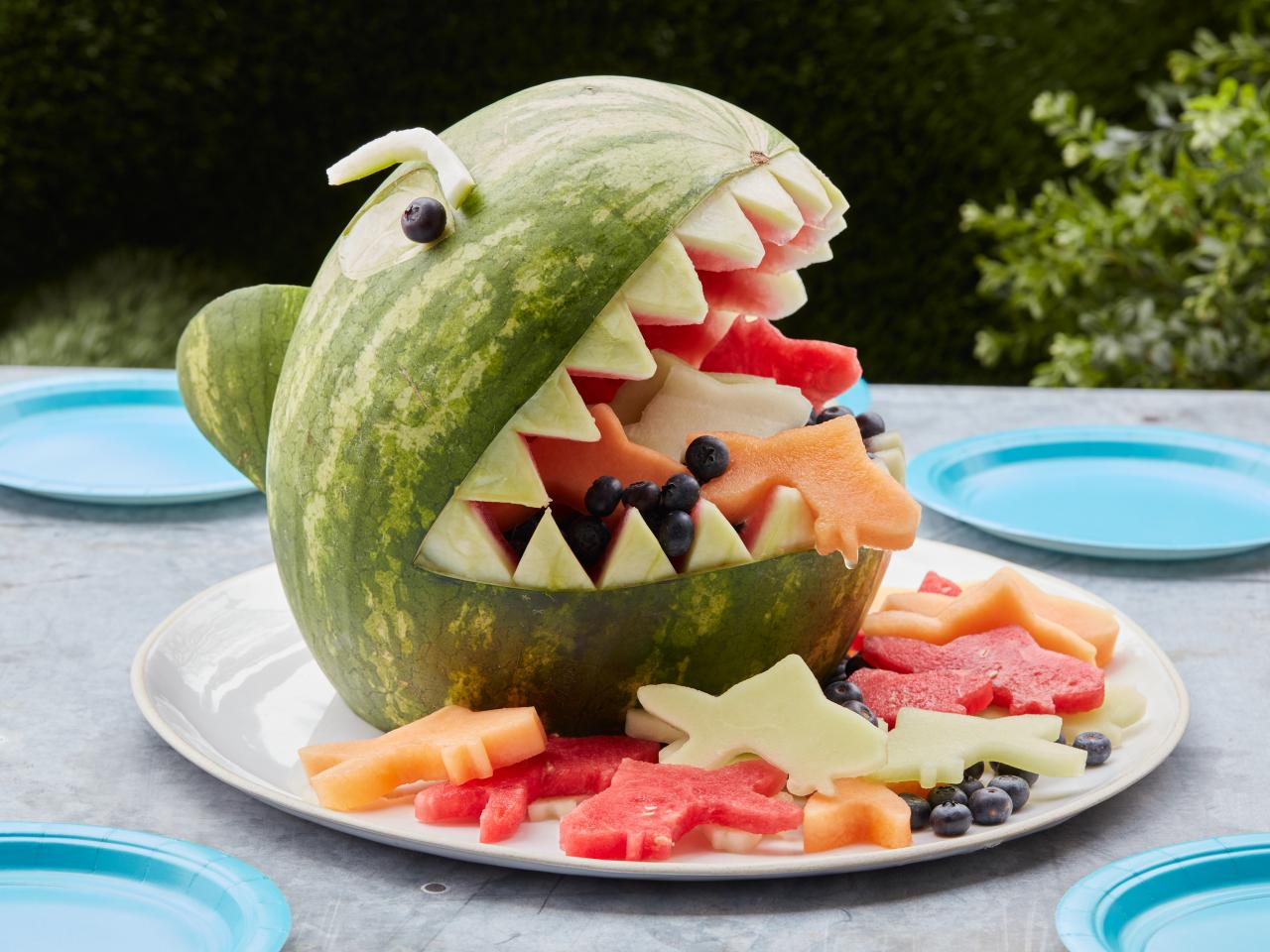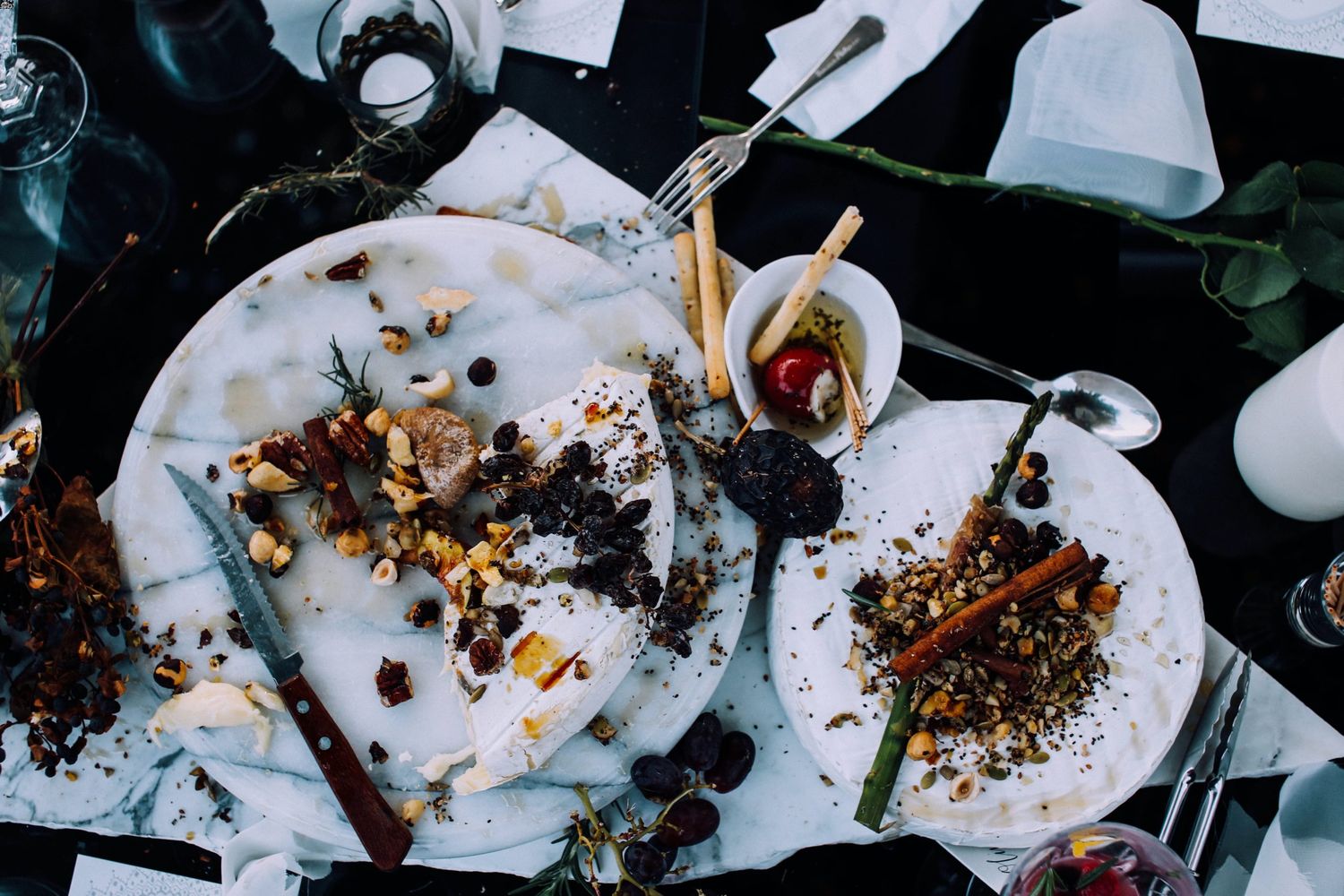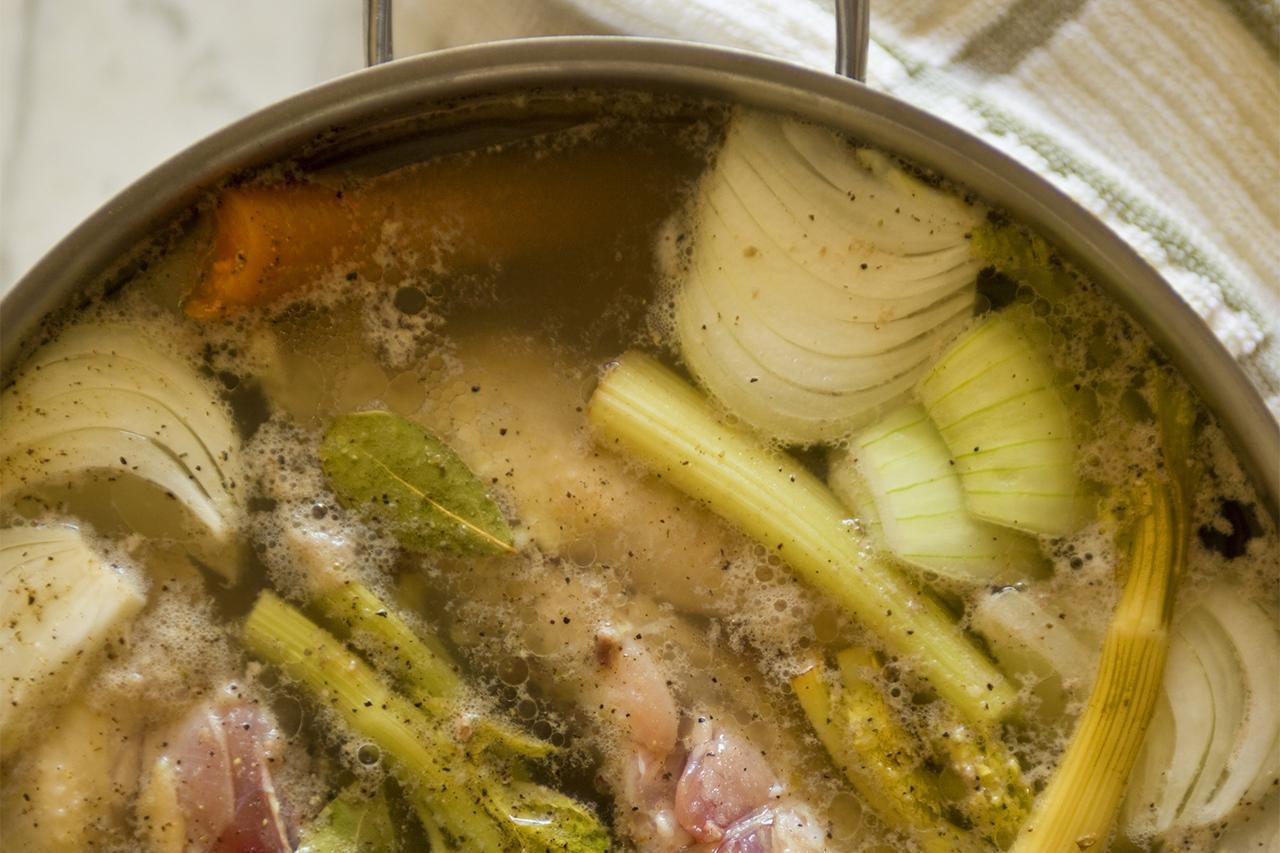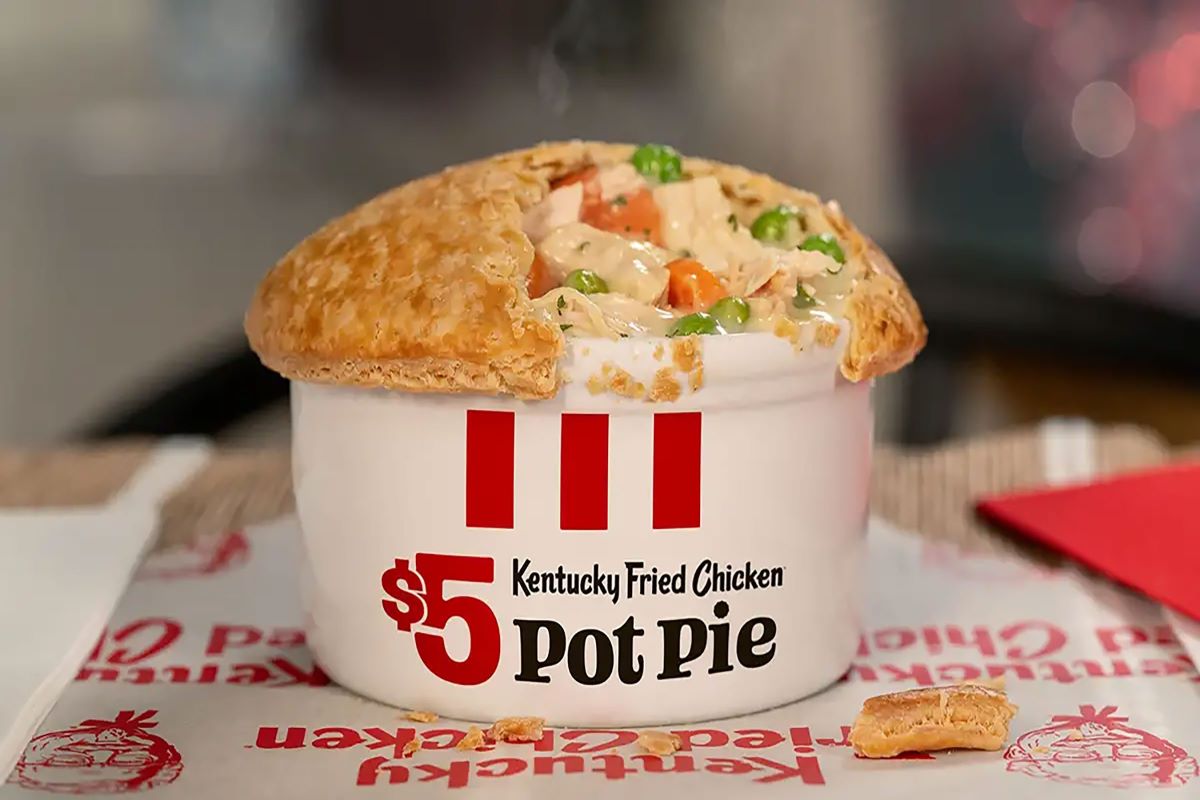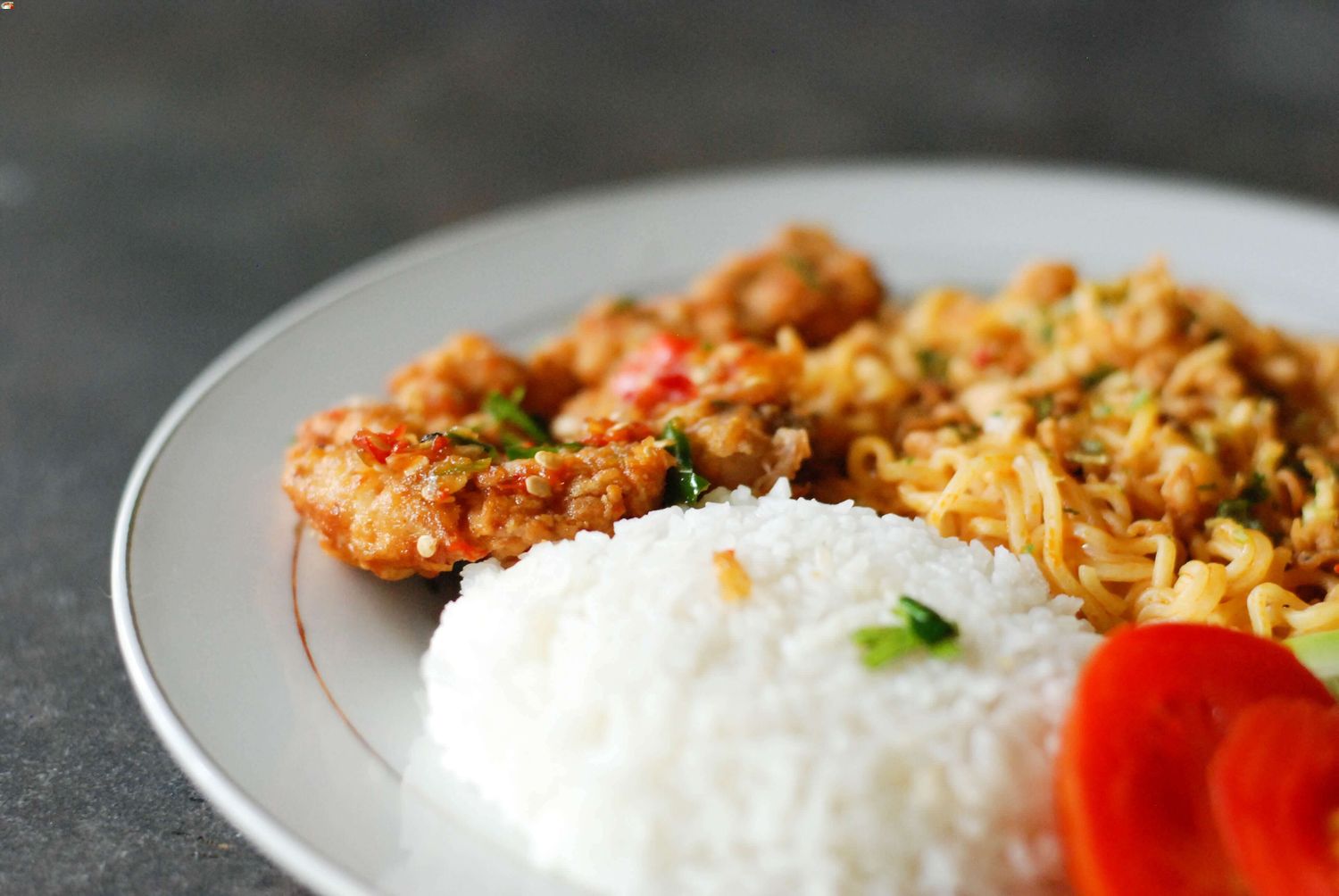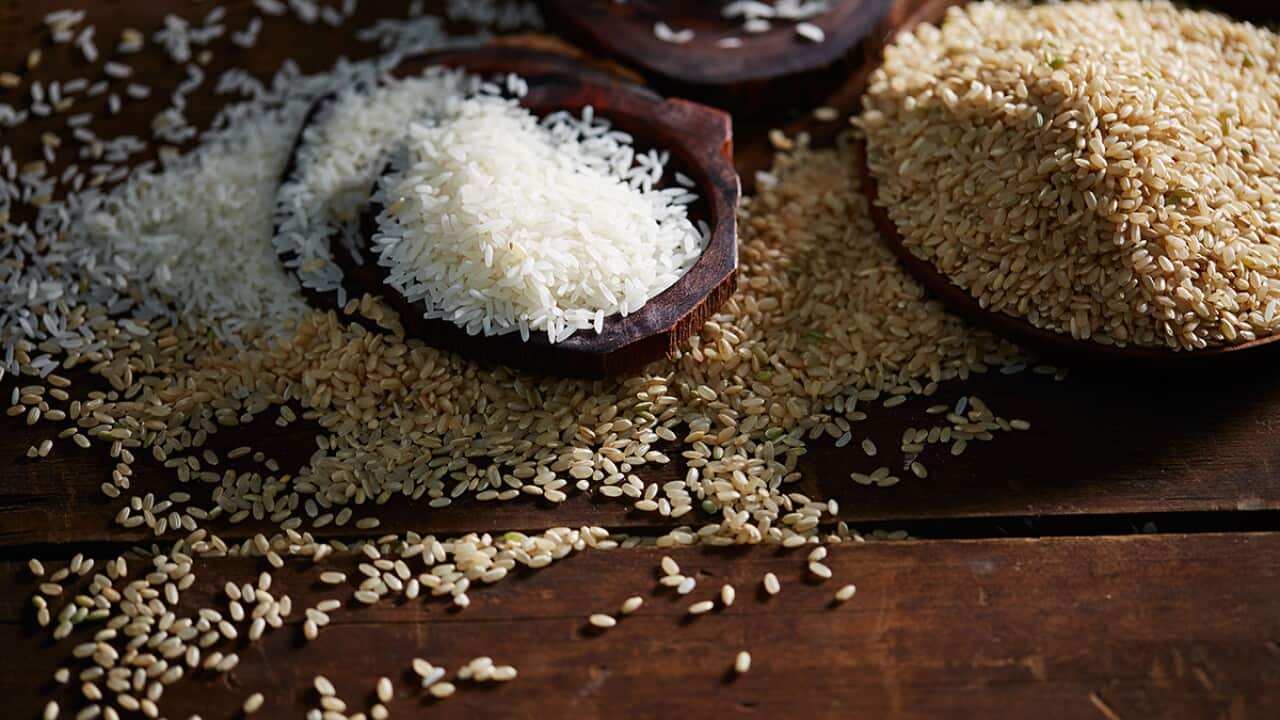Reduce Waste and Get Creative: How To Use Up Fruit & Vegetable Scraps
We all strive to minimize waste, especially when it comes to food. Rather than throwing away fruit and vegetable scraps, why not find clever ways to use them up? Not only will you reduce waste, but you’ll also unleash your creativity in the kitchen. Let’s explore some ingenious ways to make the most out of your leftover produce!
1. Make Flavorful Broths
Don’t toss those onion peels, carrot ends, or herb stems into the compost bin just yet. Instead, gather your vegetable scraps and simmer them in a pot of water to make a delicious homemade broth. Not only will this add depth and flavor to your soups, stews, and risottos, but it’s a great way to extract all those valuable nutrients from the scraps.
2. Create Nutrient-Packed Smoothies
When your fruits are slightly overripe or nearing their expiration date, chop them up and freeze them for later use in smoothies. Adding frozen fruit scraps like bananas, berries, or pineapple chunks to your morning smoothie not only reduces waste but also gives you a burst of vitamins and minerals. Get creative with combinations and enjoy a refreshing and healthy treat.
3. Whip Up Delicious Homemade Fruit Sauces
If you have leftover fruits that are too soft to eat on their own, transform them into flavorful fruit sauces. Simmer apples, pears, or berries with a little sugar and a splash of lemon juice to create a delectable sauce that can be drizzled over pancakes, ice cream, or even used as a topping for yogurt. It’s a simple and delicious way to salvage those slightly bruised or overripe fruits.
4. Add Zest to Your Baking
Citrus peels, such as orange or lemon zest, are bursting with flavor. Before discarding those peels, finely grate them and store them in an airtight container in your freezer. The next time you’re baking, add a teaspoon or two of citrus zest to your cake batters, cookies, or muffin mixes. It will infuse your baked goods with a refreshing and aromatic twist.
5. Create A Compost Pile
If you’ve exhausted all the creative possibilities for your fruit and vegetable scraps, composting is an eco-friendly option. Collect your scraps, along with coffee grounds, eggshells, and yard waste, and create a compost pile in your backyard. Over time, this compost will break down into nutrient-rich soil that you can use to fertilize your garden or potted plants.
Remember, reducing waste and utilizing fruit and vegetable scraps isn’t just good for the environment, but it’s also a chance to experiment in the kitchen. Embrace your inner culinary artist and find innovative ways to make the most out of every ingredient, big or small. Let’s turn those scraps into something delicious!
– Use citrus peels to infuse flavor in vinegars, oils, or homemade cleaning solutions.
– Make homemade fruit scrap vinegar by fermenting fruit peels in water and sugar.
– Transform fruit and vegetable scraps into nutritious smoothies or juices.
– Dry fruit peels to create zesty tea blends or potpourri.
– Compost fruit and vegetable scraps to create nutrient-rich soil for your plants.
– Bury banana peels in the soil to add potassium.
– Use crushed eggshells to deter pests and provide calcium to your plants.
– Plant scraps like green onion roots or sweet potato vines to regrow new plants.
– Create flavored oils by infusing them with fruit or vegetable scraps like herbs, garlic, or chili peppers.
– Turn overripe fruits into delicious jams, preserves, or fruit leather.
– Bake fruit or vegetable peels with sugar and spices to make crispy chips or garnishes.
– Ensure that the scraps are free from any mold or signs of spoilage.
– Clean the scraps thoroughly to remove any dirt, pesticides, or wax residues.
– If using peels, opt for organic produce or thoroughly wash conventionally grown produce.
– Store vegetable scraps like onion peels, carrot ends, and herb stems in a freezer bag to use for making stocks later.
– Utilize wilted fruits and vegetables in smoothies, sauces, or baking.
– Transform fruit and vegetable scraps into homemade pickles or chutneys.
– Use coffee grounds as a natural exfoliant in homemade scrubs.
– Create a refreshing face mask with cucumber peels and yogurt.
– Make a hair rinse using citrus peels to add shine and fragrance.
– Utilize avocado peels and pits to create a nourishing face mask.
– Avoid using seeds from certain fruits as they can be toxic, like apple seeds and cherry pits.
– Trim off any wilted or moldy parts of the fruit or vegetable before using the scraps.
– Citrus peels should be used sparingly in cooking due to their bitter taste.
